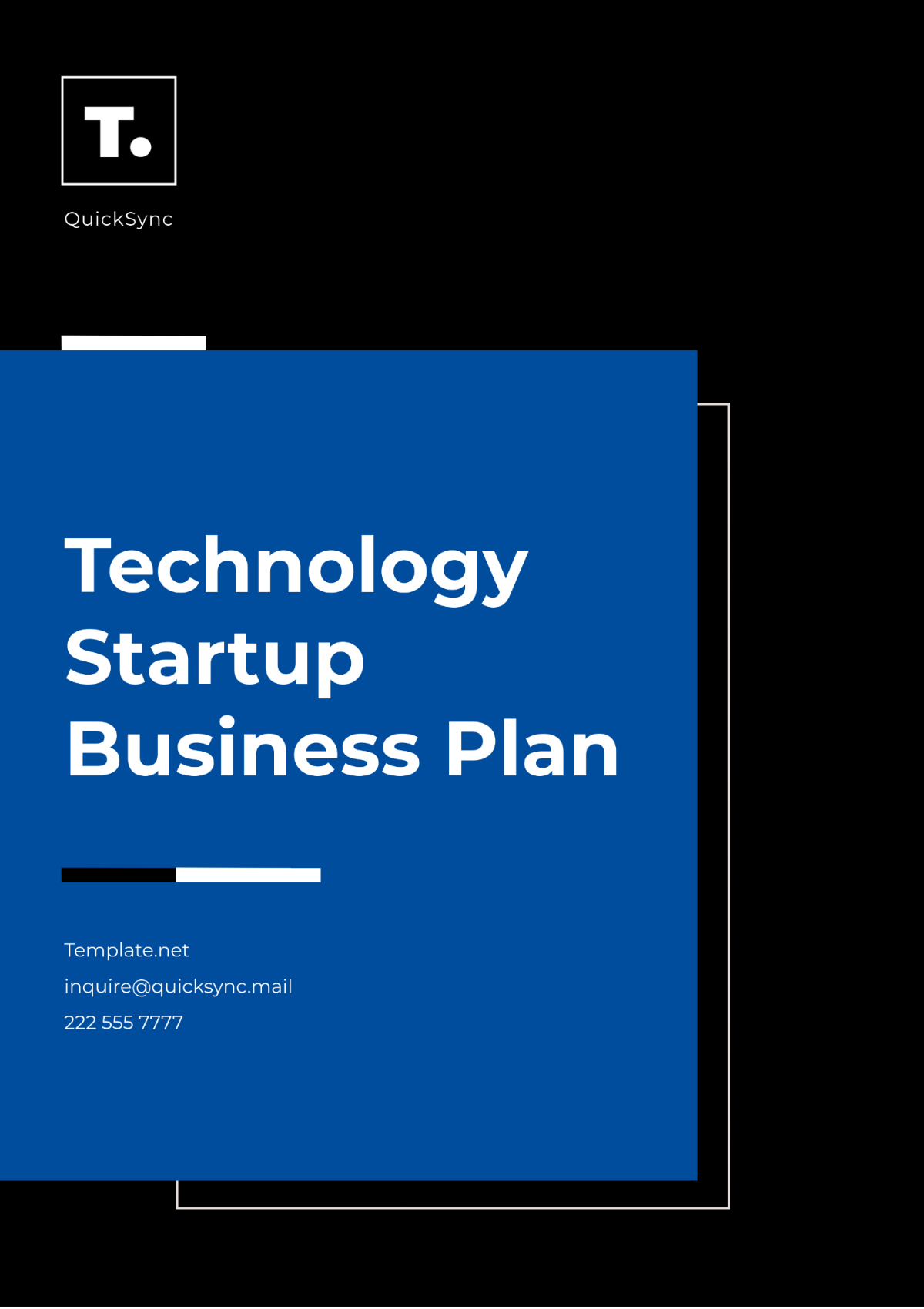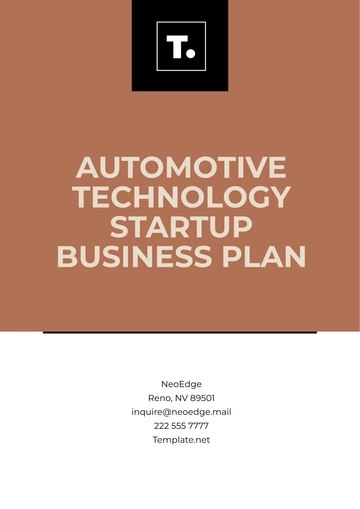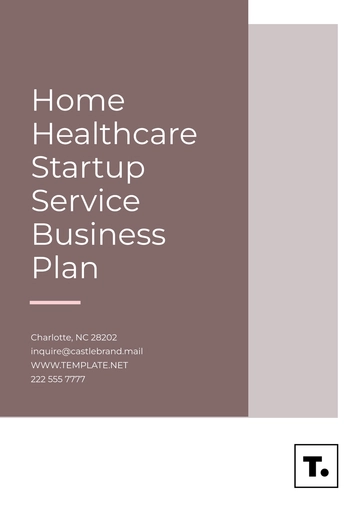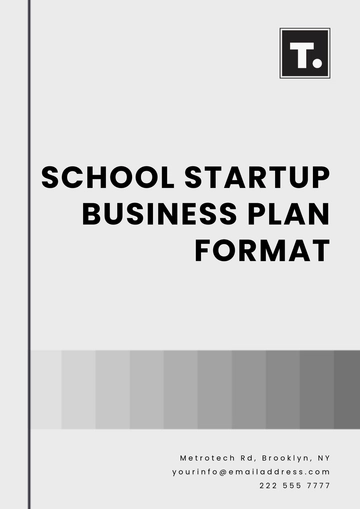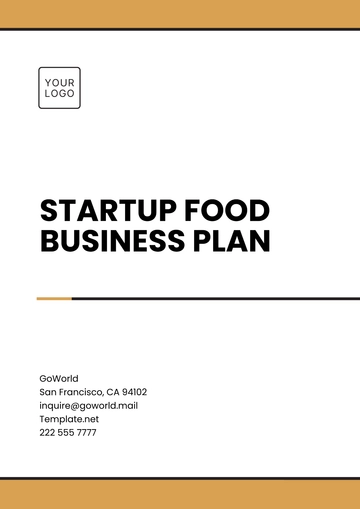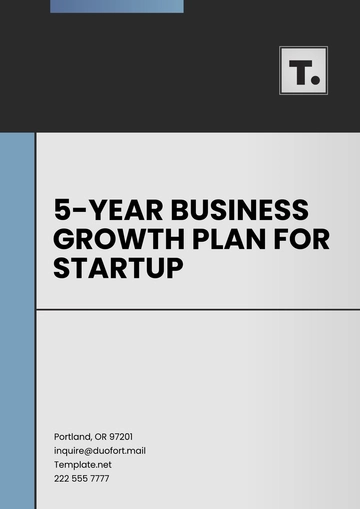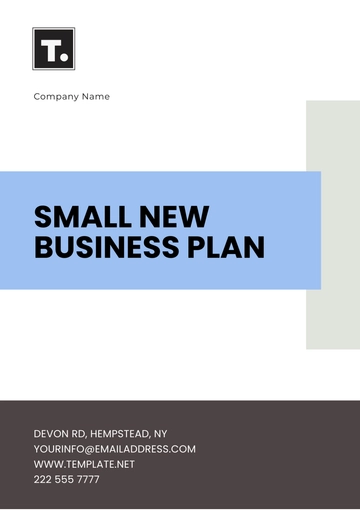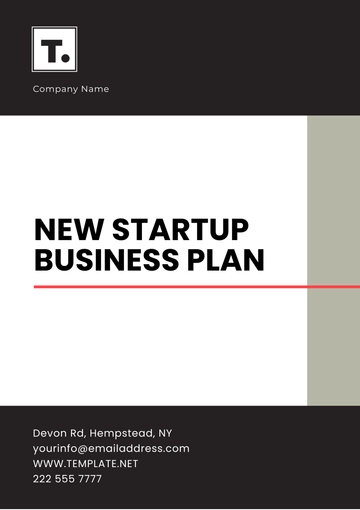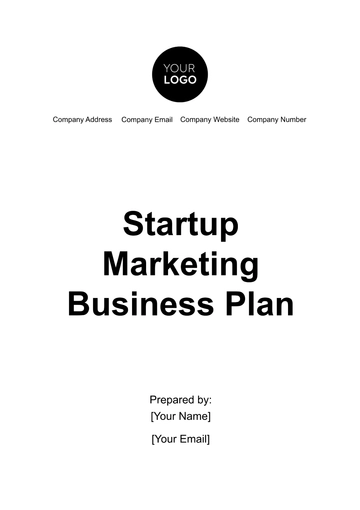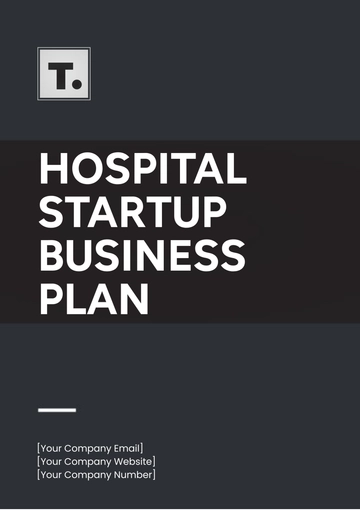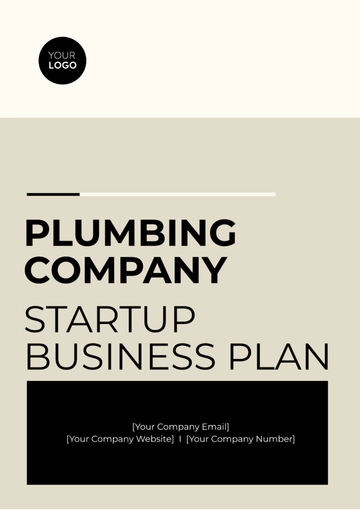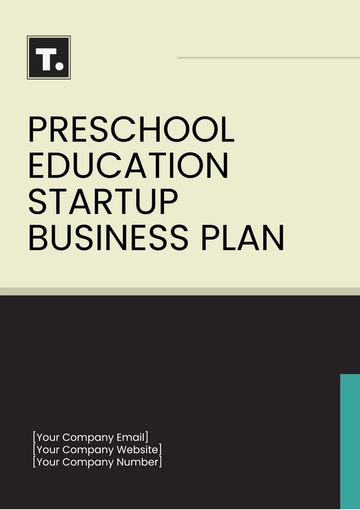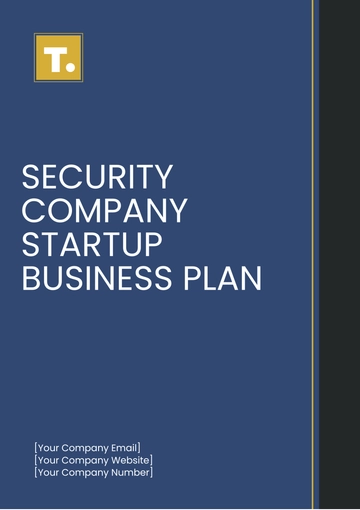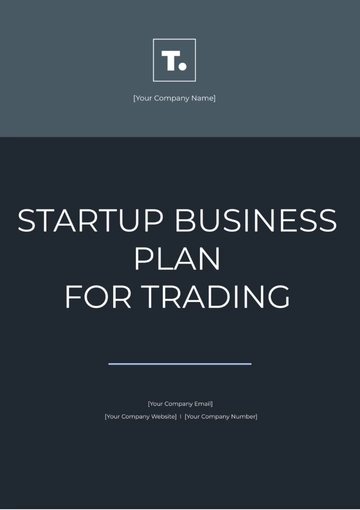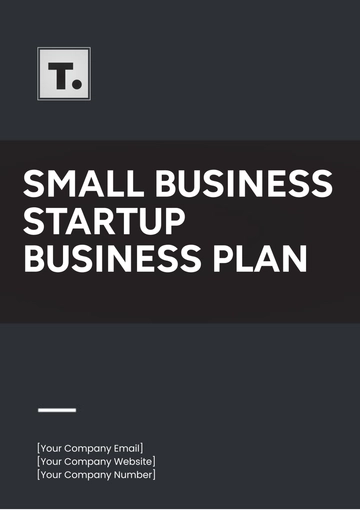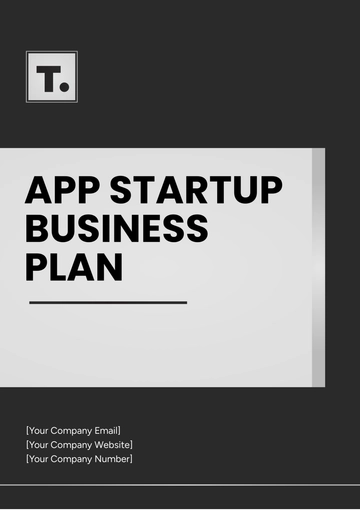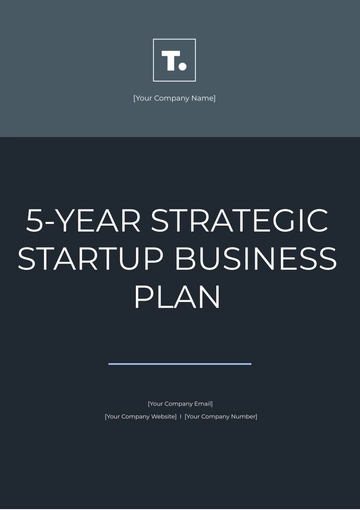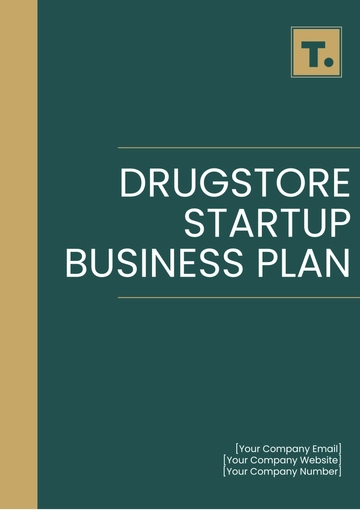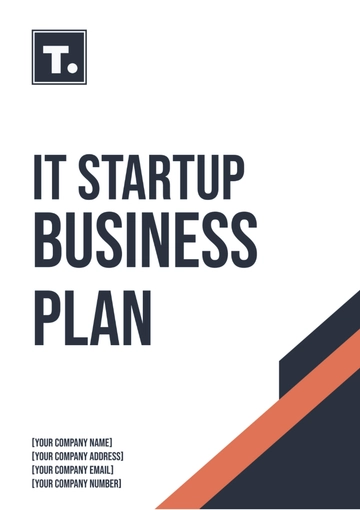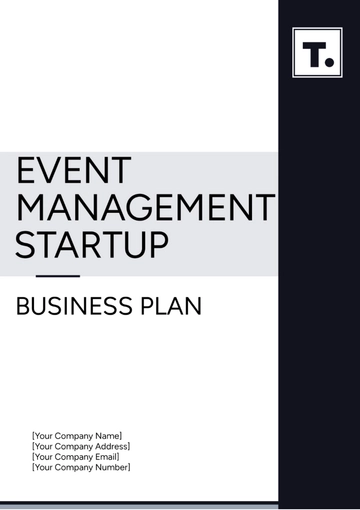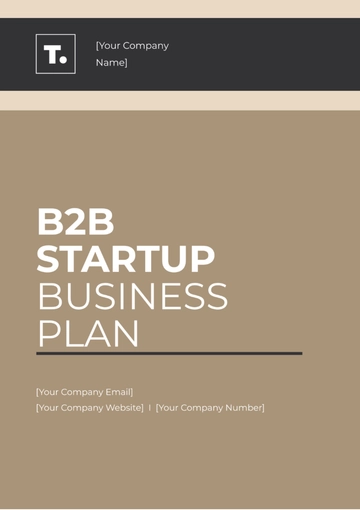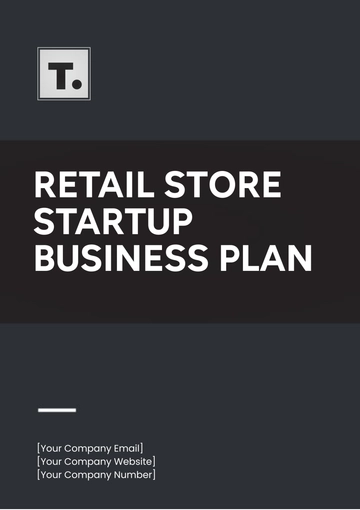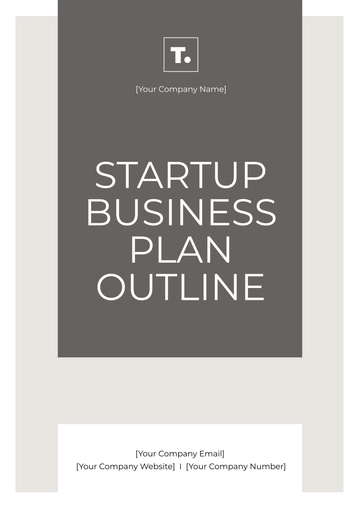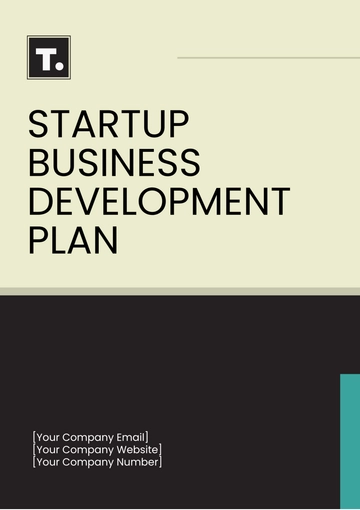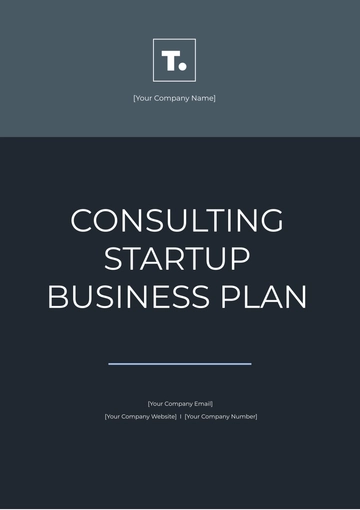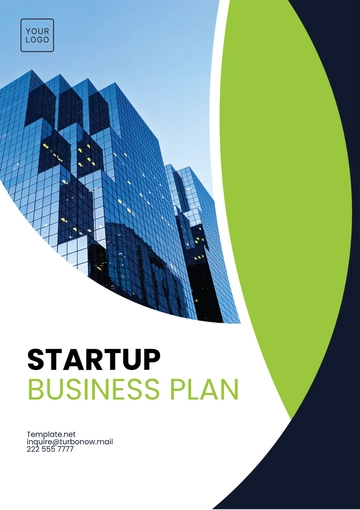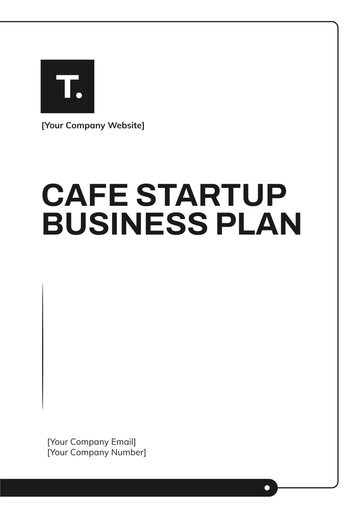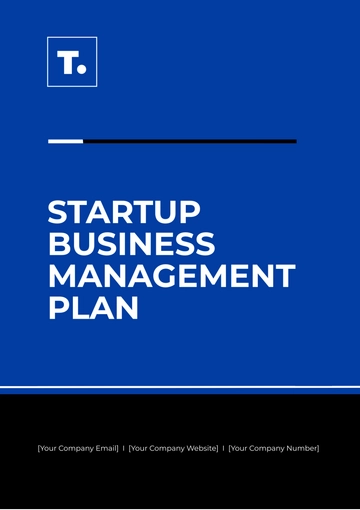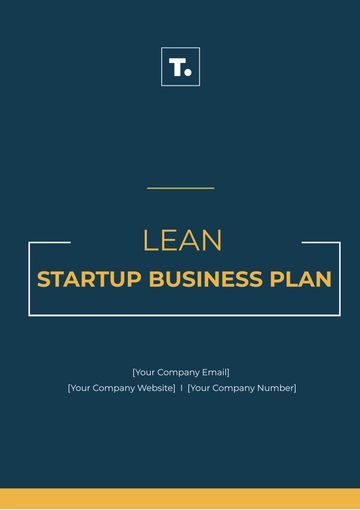Technology Startup Business Layout Plan
1. Executive Summary
1.1 Business Overview
Company Name: [YOUR COMPANY NAME]
Founder/s: [COMPANY FOUNDER/S]
Location: [YOUR COMPANY ADDRESS]
Mission Statement: [COMPANY MISSION STATEMENT]
Vision Statement: [COMPANY VISION STATEMENT]
Business Objectives: Short-term and long-term goals (e.g., launching MVP, acquiring first 1,000 customers).
1.2 Product/Service Overview
Briefly describe the product or service.
Core value proposition: What problem are you solving, and how?
1.3 Market Opportunity
2. Company Description
2.1 Legal Structure
Business Entity: LLC, Corporation, Sole Proprietorship, etc.
Ownership Structure: List of key shareholders and ownership percentages.
2.2 Company Location
2.3 Company History
2.4 Key Team Members
Founders and their roles.
Key hires and their positions (e.g., CTO, Head of Marketing).
Organizational chart.
3. Market Research
3.1 Industry Overview
Industry Size: Current size, expected growth.
Trends: Emerging technologies, customer behaviors.
Competitors: Key competitors and their strengths/weaknesses.
3.2 Target Market
Customer Segmentation: Define your target market (demographics, psychographics, and behaviors).
Customer Needs: Pain points you're addressing.
Buyer Personas: Profiles of your ideal customers.
3.3 Competitive Analysis
4. Product Development
4.1 Product/Service Description
Detailed description of your product/service.
Unique features and benefits.
Technology stack (tools, platforms, languages, etc.).
4.2 Product Roadmap
MVP: Minimum Viable Product timeline.
Future Versions: Short-term and long-term product features.
R&D Plans: Research and development needs.
4.3 Intellectual Property
4.4 Development Milestones
5. Marketing and Sales Plan
5.1 Marketing Strategy
Positioning: How you will position your product in the market.
Messaging: Key messages for different customer segments.
Branding: Visual identity, tone, and brand values.
5.2 Channels
Customer Acquisition Channels: Digital marketing (SEO, SEM, social media), partnerships, content marketing, influencer campaigns, etc.
Referral Programs: Incentives for word-of-mouth growth.
5.3 Sales Strategy
Sales Funnel: Describe your sales process, from lead generation to conversion.
Pricing Model: Subscription, freemium, one-time sale, etc.
Sales Team: Required team members (if applicable).
5.4 Customer Retention
6. Operations Plan
6.1 Operational Workflow
Production Process: If you're developing a product, describe the stages of production.
Product Development Teams: Describe teams responsible for design, development, and testing.
6.2 Tools and Technology
Essential tools and software (e.g., Jira for project management, AWS for hosting, GitHub for version control).
6.3 Staffing Plan
6.4 Location and Facilities
7. Financial Plan
7.1 Revenue Model
Income Streams: Sales, subscriptions, licensing, partnerships, etc.
7.2 Pricing Strategy
7.3 Financial Projections
Sales Forecast: Month-by-month for the first year, and yearly for the next three years.
Cash Flow Statement: Expected inflows and outflows.
Break-even Analysis: When will you start to become profitable?
7.4 Funding Requirements
Initial Funding: Amount needed to reach the next milestone.
Funding Sources: Bootstrapping, angel investors, venture capital.
7.5 Use of Funds
7.6 Risk Assessment
Key Risks: Technical, financial, legal, and market-related risks.
Mitigation Strategies: Plans for handling these risks.
8. Growth Plan
8.1 Expansion Strategy
8.2 Strategic Partnerships
8.3 Scaling Operations
9. Appendix
Resumes of founders and key team members.
Detailed Financials: Profit and loss, balance sheet, etc.
Market Research Data: Detailed reports or surveys.
Product Documentation: Diagrams, mockups, or additional technical information.
Business Plan Templates @ Template.net
